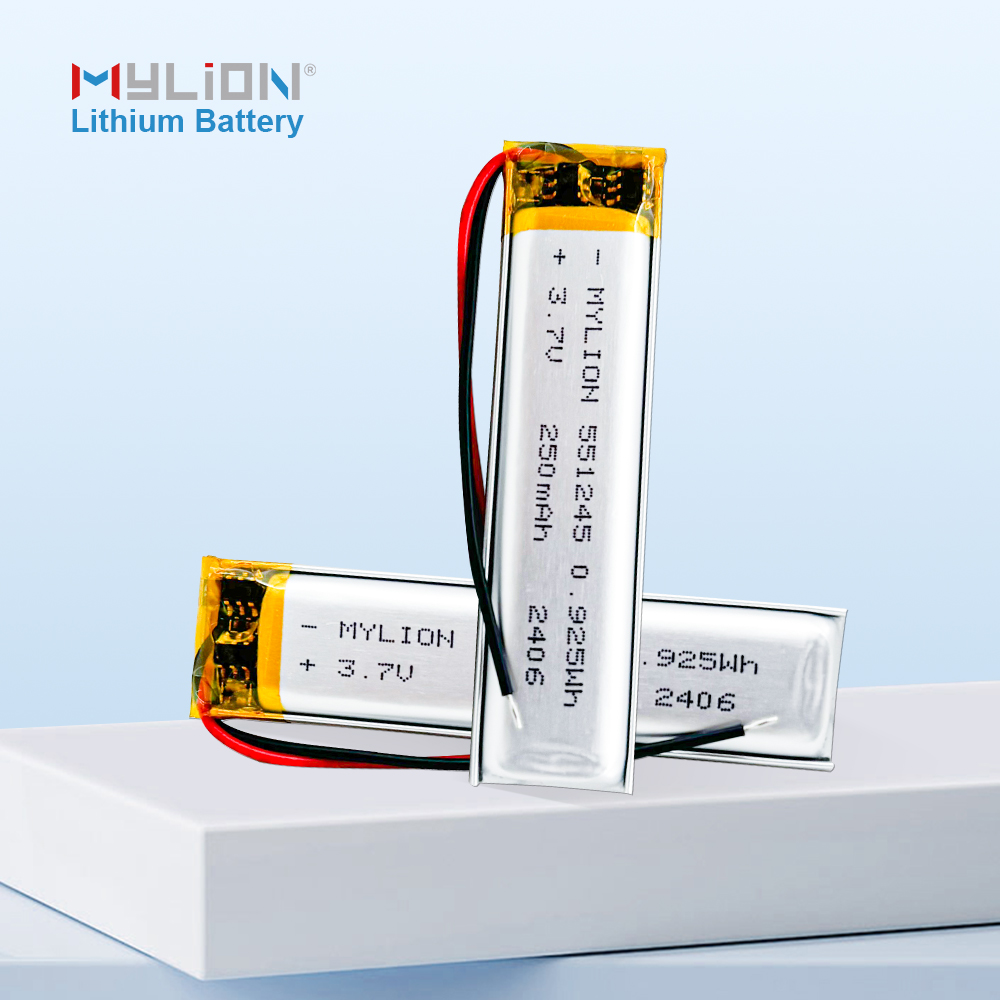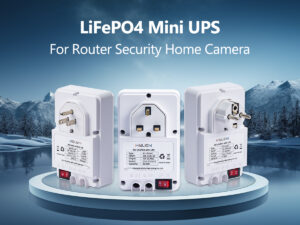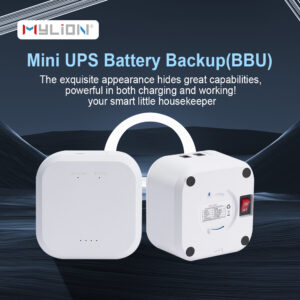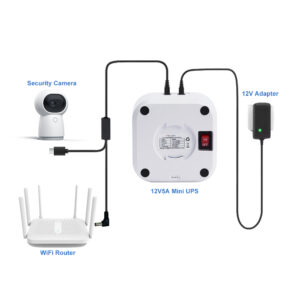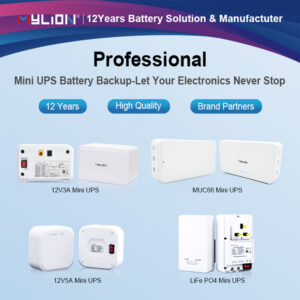Lithium polymer (LiPo battery) technology has revolutionized the way electronic devices from drones to consumer electronics and electric vehicles are powered. While LiPo batteries offer exceptional performance in terms of energy density, weight, and efficiency, proper maintenance and safety guidelines must be followed to maximize their lifespan and prevent potential hazards. This guide provides important information on how to safely use, maintain, store, and dispose of LiPo batteries.
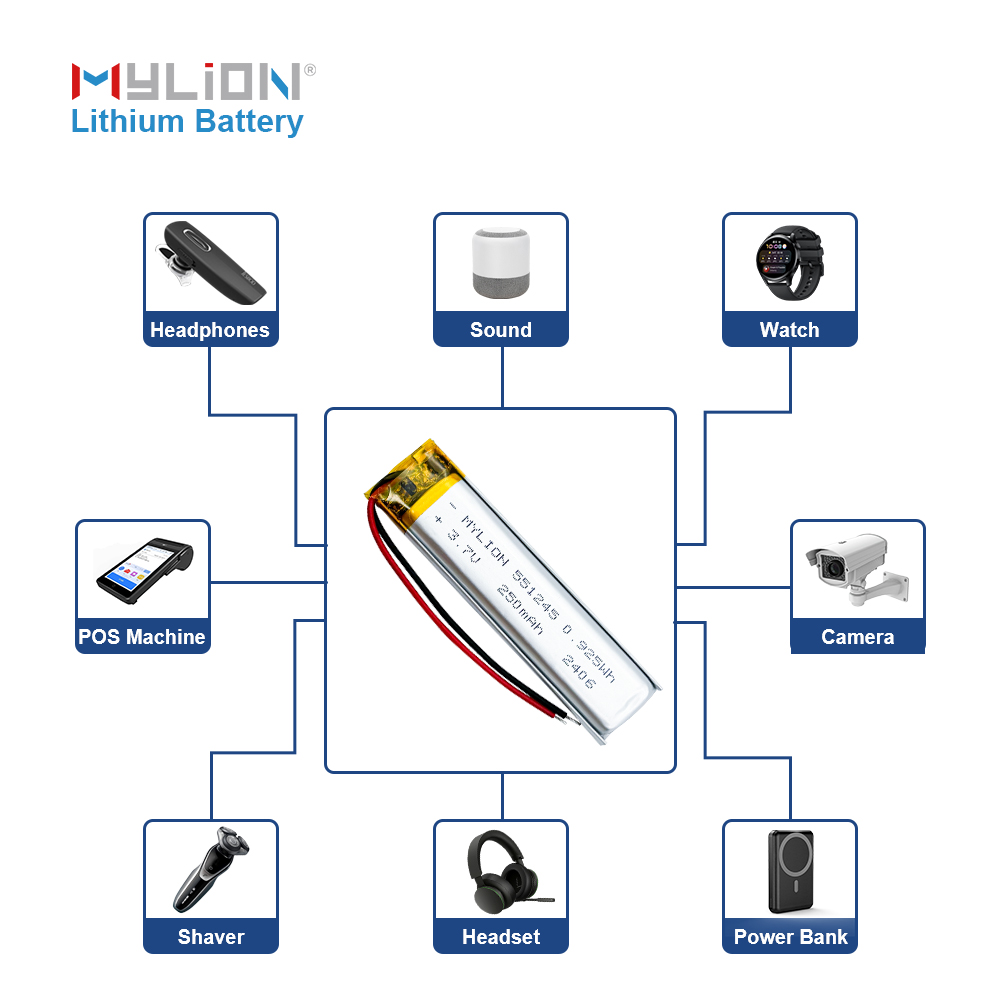
1.Proper Charging of Lithium Batteries
One of the most important aspects of lithium polymer battery care is the charging process. Improper charging may result in overheating, fire, or shortened battery life. Here are the key points to consider:
Use the Right Charger
Always use a charger designed for lithium polymer batteries. These chargers are equipped with circuitry to monitor the voltage of each cell and provide the proper charging curve. Using an inappropriate charger may result in overcharging, undercharging, or even damage to the battery.
Charging Environment
Lithium battery charging should always be done in a safe, well-ventilated area. Avoid charging near flammable materials or in direct sunlight. Using a fireproof charging bag or a lithium polymer battery safety charging bag is recommended for increased safety as it helps to contain any possible fire or explosion during charging.
Voltage Monitoring
Never charge a lithium polymer battery if its voltage is too high or too low. Most lithium polymer batteries have a safe charging voltage of 3.7V per cell and a maximum voltage of 4.2V. Using lithium batteries outside this range may cause irreversible damage. Always check the battery voltage with a multimeter before charging, especially if the battery has been stored for an extended period of time.
Never Overcharge
Overcharging is one of the most significant risks when using lithium polymer batteries. Charging a battery beyond its specified voltage can cause overheating, swelling, and even fire. Most modern chargers have built-in cutoffs to prevent overcharging, but it is still important to monitor the charging process and avoid leaving the battery unattended.
2.Safely Storing Lithium Batteries
Proper storage of lithium polymer batteries is critical to ensure safety and longevity. If lithium polymer batteries are not stored properly, they will degrade rapidly and may increase the risk of accidents, including thermal runaway.
Store at the Correct Voltage
When storing lithium polymer batteries for long periods of time, they should be discharged to a storage voltage of 3.7V to 3.8V per cell. Storing lithium batteries fully charged or fully discharged will significantly shorten their lifespan. Many lithium polymer battery chargers have a storage mode that automatically restores the battery to the correct voltage.
Cool, Dry Place
Store lithium polymer batteries in a cool, dry place away from direct sunlight or heat sources. Extreme temperatures, whether hot or cold, can negatively affect the performance and lifespan of the battery. The ideal temperature for storing lithium polymer batteries is approximately 20°C (68°F) to 25°C (77°F).
Storage Safety Measures
To minimize the risk of fire or damage, store lithium polymer batteries in a fireproof bag or container. If possible, avoid storing LiPo batteries near other flammable items. Always ensure that the storage area is away from flammable materials, power sources, or heat sources.
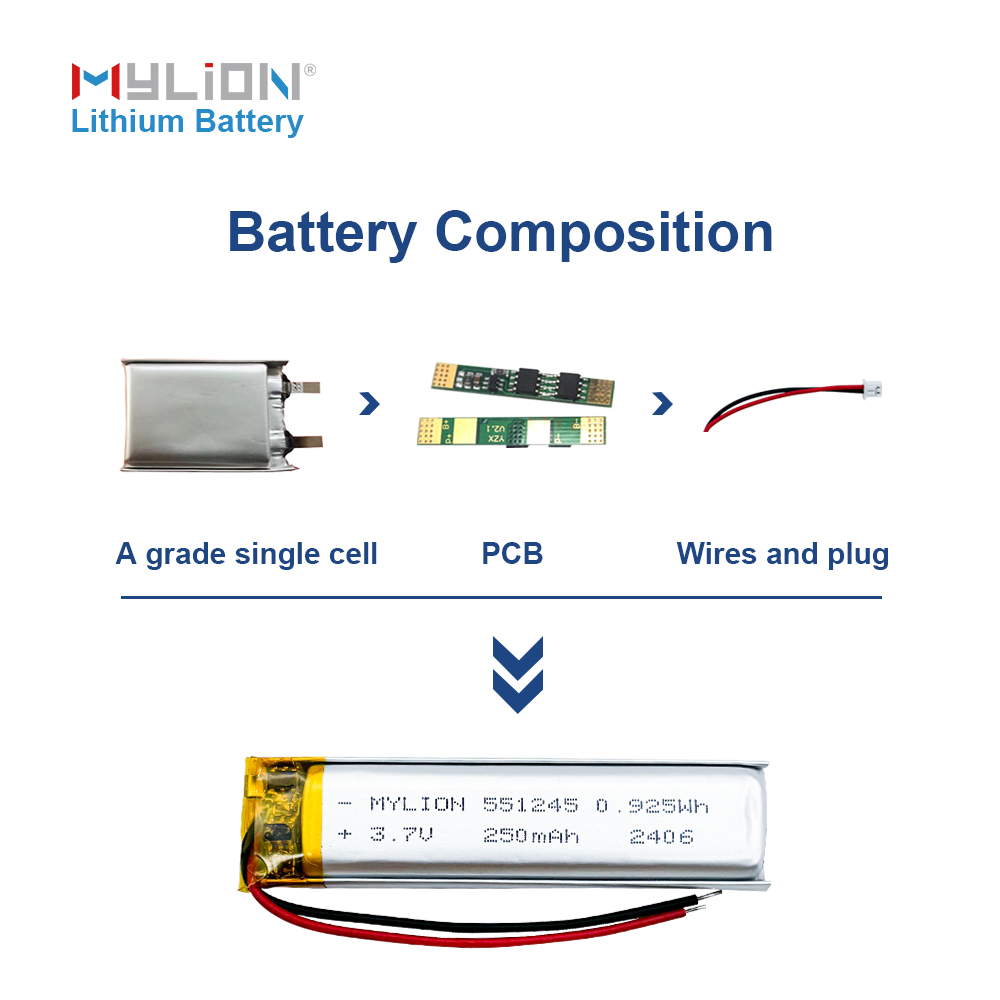
3.Proper discharge of lithium batteries
Proper discharge practices are just as important as charging and storage. Improper discharge can damage a lithium polymer battery or make it unsafe to use.
Never Deeply Discharge
Never allow a lithium polymer battery to discharge below 3.0V per cell. Deep discharge can permanently damage the battery, reduce its capacity, and may make it unsafe for future use. Most lithium polymer batteries have a built-in low voltage cutoff feature, but it is still important to keep an eye on the battery level, especially when used in a device without an automatic cutoff feature.
Monitor the Discharge Rate
Please note the recommended discharge rate for your lithium polymer battery. Each battery has a specified “C rating” that indicates how much current it can safely deliver. Exceeding this rating can cause overheating, thermal runaway, and battery damage. Always make sure the drone, RC car, or other device you are using is within the battery capacity.
4.Safety Issues and Handling of Lithium Polymer Batteries
While lithium polymer batteries are powerful, they are also susceptible to mishandling. Careful handling and understanding of safety guidelines are essential to avoid accidents.
Swollen or swollen batteries
If a lithium polymer battery swells, stop using it immediately. A swollen lithium polymer battery may be a sign of internal damage or overcharging, and can be dangerous. Do not attempt to puncture or discharge the battery in this state. Place it in a safe place, such as a fireproof bag, and follow local battery disposal guidelines.
Physical damage
Never use a lithium battery that has been physically damaged (punctured, crushed, or deformed). Physical damage may cause an internal short circuit, which can result in a fire or explosion. Always check your lithium polymer battery for any visible damage before use.
Charge and use with caution
Avoid using lithium polymer batteries in extreme conditions or environments, such as high altitudes, extreme temperatures, or excessively humid environments. Lithium polymer batteries are designed to operate within a specific temperature range (usually between 0°C and 45°C), and use outside of this range may result in performance degradation and safety issues.
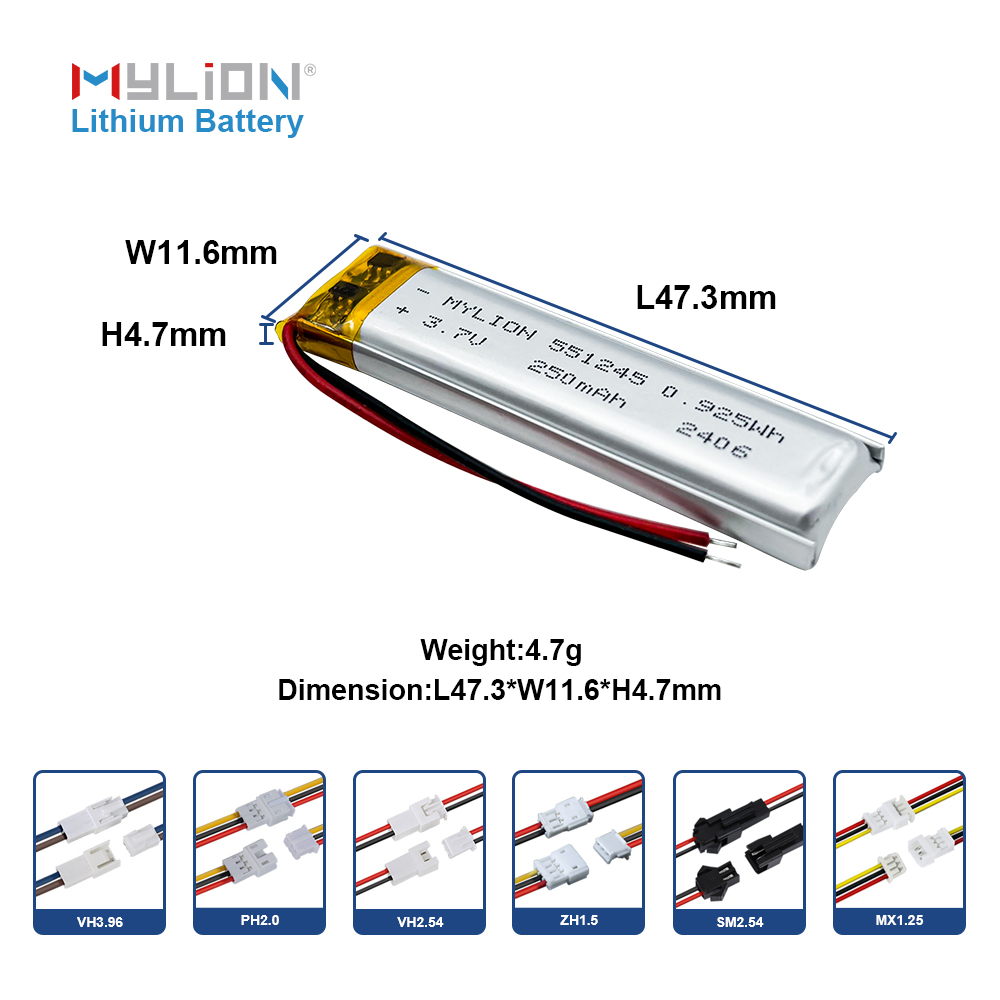
Conclusion
Proper maintenance and safe use of LiPo batteries are essential to maximize their lifespan and ensure safety. By following best practices for charging, storing, discharging, and disposing of LiPo batteries, users can enjoy the benefits of these powerful power sources without the risk of accidents or damage. Always remember that LiPo batteries require careful handling and attention as they are sensitive to extreme conditions. By following the guidelines provided in this article, users can improve the safety and efficiency of their devices and make the most of their LiPo battery investment.

